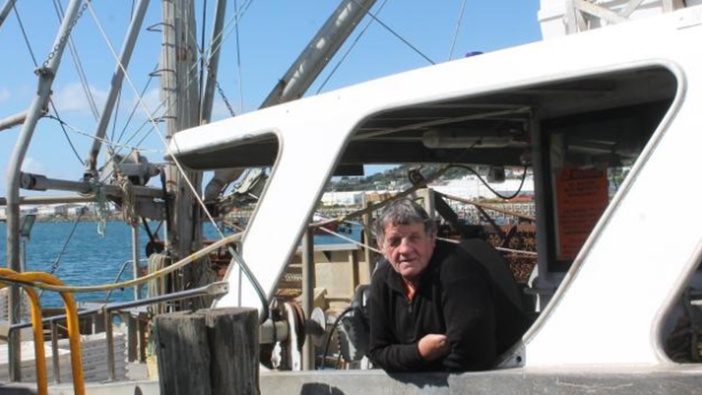Follow
the podcast on

An oyster parasite has been found in the wild population in the Foveaux Strait, and one long-time oysterer worries it could mean the end of the industry.
Yesterday, three wild oysters were found to be infected with Bonamia ostreae in a small area near Stewart Island.
Bluff oysterer John Edminstin said if it was true, it could be more than serious.
"If it's that, the future doesn't look very bright at all."
It was scary.
"It could mean the end of it."
The outlook had been relatively optimistic of late, with larger sized oysters being seen.
"We were all quite buoyant about the future of the industry, but now this happens."
He believed it was the first time it had been found in the wild and was concerned it would be hard to contain.
Sharing his concerns was Fowlers Oysters manager Terina Stockwell.
She said she had been spiralling since hearing the news.
"It's pretty devastating but the scientists are coming down tomorrow.
"Hopefully it hasn't spread further because that would be horrible for us."
However, the knowledge no one had fished in the area the infected oysters were found was good.
"That's something to cling on to while we can."
Biosecurity New Zealand (BNZ) will begin further testing of the oysters, although no infection was found in five other sample sites.
There would likely be a small temporary and voluntary "no take" zone declared around the area where the oysters were found until longer-term options were explored.
The parasite was first found in New Zealand in 2015 in oysters from the Marlborough Sounds and then in 2017 in oysters in Big Glory Bay in Stewart Island.
Consequently, a programme was funded to protect wild populations which included removing several flat oyster farms in Big Glory Bay, and running a surveillance programme to look for early signs of the parasite in the wild.
Biosecurity manager Dr Cath Duthie said it was, however, always considered possible that a find in wild oysters could occur.
"Foveaux Strait is a dynamic waterway with strong currents and the parasite can remain dormant.
"For this reason, we commissioned Niwa to do six-monthly surveillance sampling and testing of wild oysters from six different locations in the Strait to find any infections at the earliest possible time.
"We received a confirmed positive laboratory result for Bonamia ostreae from the three oysters [yesterday]."
Commercial Bluff oyster fishers had not reported any sign of the disease and it was not detected in five years of six-monthly surveillance sampling in the area.
"The fishery has been affected for many years by a different type of Bonamia, Bonamia exitiosa.
"The oyster fishing industry has worked through that situation to maintain a sustainable fishery. We'll work to support them to explore ways through this new challenge."
It will work with Bluff oyster fishers, iwi, other marine users and the wider public on the most appropriate and effective response to the situation.
"We've talked to fishing industry partners today and will be in Southland [today] to start talking to the local community. We want to involve local people, including the iwi of the area, in our response."
Bluff oyster quota holders will be able to continue to fish.
Bonamia ostreae is not a food safety issue and fresh Bluff oysters remain safe to eat.
Take your Radio, Podcasts and Music with you









